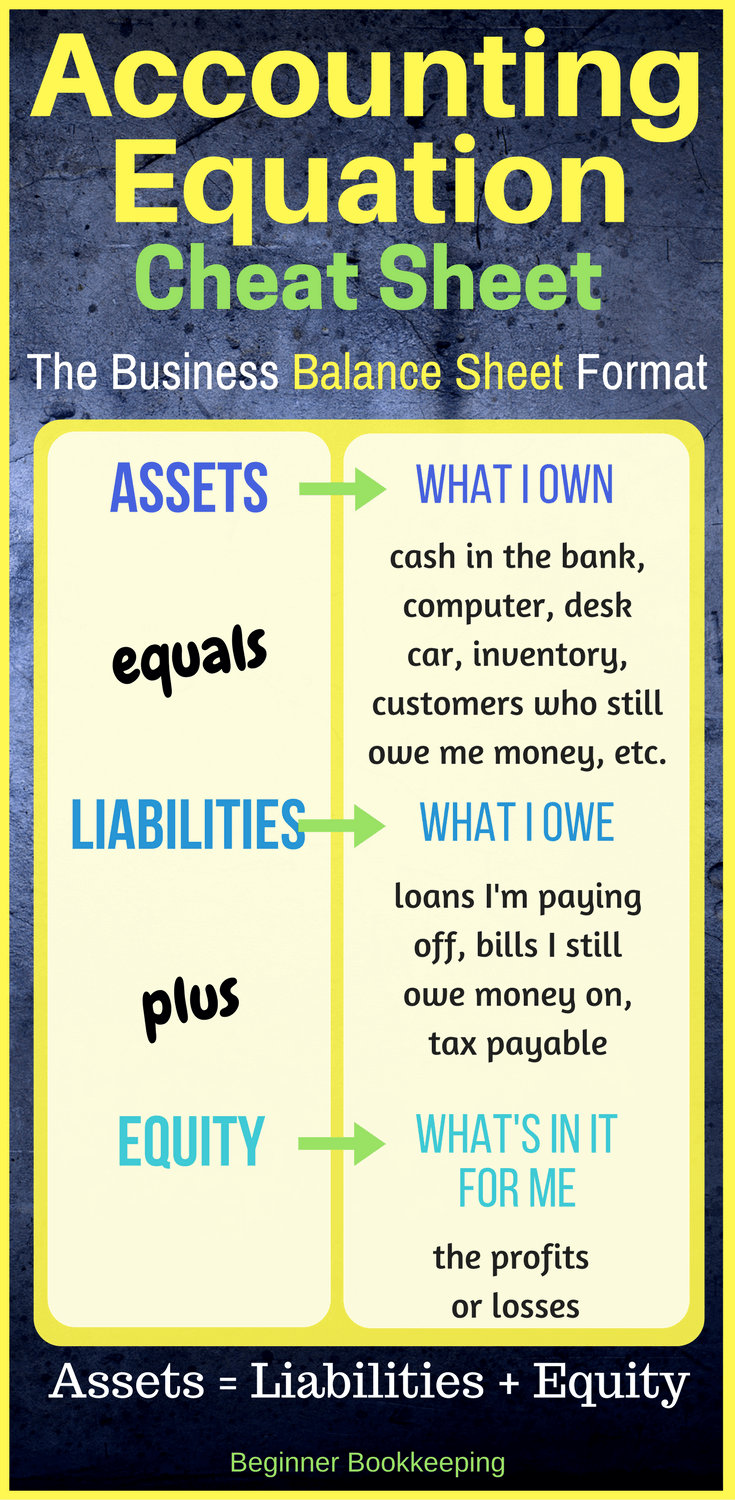Bookkeeping
Expanded Accounting Equation: Definition, Formula, How It Works

When a company purchases inventory for cash, one asset will increase and one asset will decrease. Because there are two or more accounts affected by every transaction, the accounting system is referred to as the double-entry accounting or bookkeeping system. Examples of assets include cash, accounts receivable, inventory, prepaid insurance, investments, land, buildings, equipment, and goodwill.
Balance Sheet and Income Statement
- If a company keeps accurate records using the double-entry system, the accounting equation will always be “in balance,” meaning the left side of the equation will be equal to the right side.
- This then allows them to predict future profit trends and adjust business practices accordingly.
- For example, if a business signs up for accounting software, it will automatically default to double-entry.
- In fact, most businesses don’t rely on single-entry accounting because they need more than what single-entry can provide.
The accounting equation is fundamental to the double-entry bookkeeping practice. Its applications in accountancy and economics are thus diverse. These are some simple examples, but even the most complicated transactions can be recorded in a similar way. This equation is behind debits, credits, and journal entries. Incorrect classification of an expense does not affect the accounting equation. Cash (asset) will reduce by $10 due to Anushka using the cash belonging to the business to pay for her own personal expense.
Great! The Financial Professional Will Get Back To You Soon.

Metro Corporation collected a total of $5,000 on account from clients who owned money for services previously billed. Metro issued a check to Office Lux for $300 previously purchased supplies on account. Get instant access to video lessons taught by experienced investment bankers. Learn financial statement modeling, DCF, M&A, LBO, Comps and Excel shortcuts. At this time, there is external equity or liability in Sam Enterprise.
Breaking down the components of the accounting equation
Analyze a company’s financial records as an analyst on a technology team in this free job simulation. Debt is a liability, whether it is a long-term loan or a bill that is due to be paid.
For example, imagine that a business’s Total Assets increased by $500. This change must be offset by a $500 increase in Total Liabilities or Total Equity. Liabilities are owed to third parties, whereas Equity is owed to the owners of the business. Metro issued a check to Rent Commerce, Inc. for $1,800 to pay for office rent in advance for the months of February and March. Metro issued a check to Rent Commerce, Inc. for $1,800 to pay for office rent in advance for the months of February and March. Our popular accounting course is designed for those with no accounting background or those seeking a refresher.
Let’s add transaction #3:
Earnings give rise to increases in retained earnings, while dividends (and losses) cause decreases. You can find a company’s assets, liabilities, and equity on key financial statements, such as balance sheets and income statements (also called profit and loss statements). These financial documents give overviews of the company’s financial position at a given point in time.
Refer to the chart of accounts illustrated in the previous section. That part of the accounting system which contains the balance sheet and 5 steps for when you have a great idea for a business income statement accounts used for recording transactions. An error in transaction analysis could result in incorrect financial statements.
Required Explain how each of the above transactions impact the accounting equation and illustrate the cumulative effect that they have. In the case of a limited liability company, capital would be referred to as ‘Equity’. Owner’s or stockholders’ equity also reports the amounts invested into the company by the owners plus the cumulative net income of the company that has not been withdrawn or distributed to the owners. To make the Accounting Equation topic even easier to understand, we created a collection of premium materials called AccountingCoach PRO. Our PRO users get lifetime access to our accounting equation visual tutorial, cheat sheet, flashcards, quick test, and more. Metro Courier, Inc., was organized as a corporation on January 1, the company issued shares (10,000 shares at $3 each) of common stock for $30,000 cash to Ron Chaney, his wife, and their son.
That is, each entry made on the debit side has a corresponding entry (or coverage) on the credit side. Since the balance sheet is founded on the principles of the accounting equation, this equation can also be said to be responsible for estimating the net worth of an entire company. The fundamental components of the accounting equation include the calculation of both company holdings and company debts; thus, it allows owners to gauge the total value of a firm’s assets. The income and retained earnings of the accounting equation is also an essential component in computing, understanding, and analyzing a firm’s income statement. This statement reflects profits and losses that are themselves determined by the calculations that make up the basic accounting equation.
